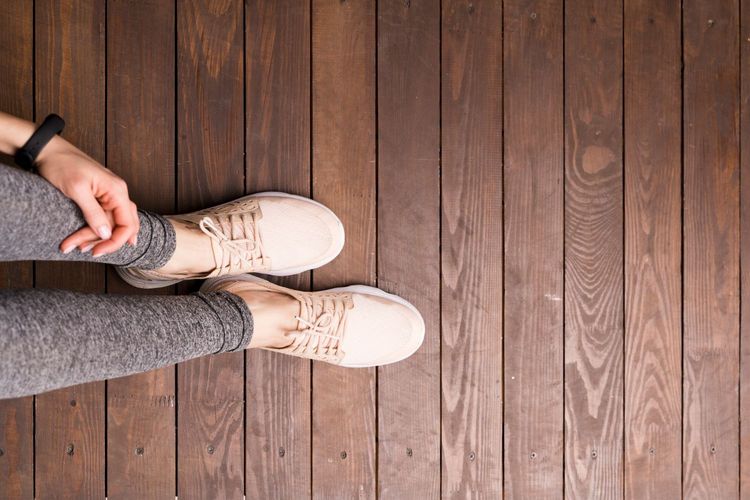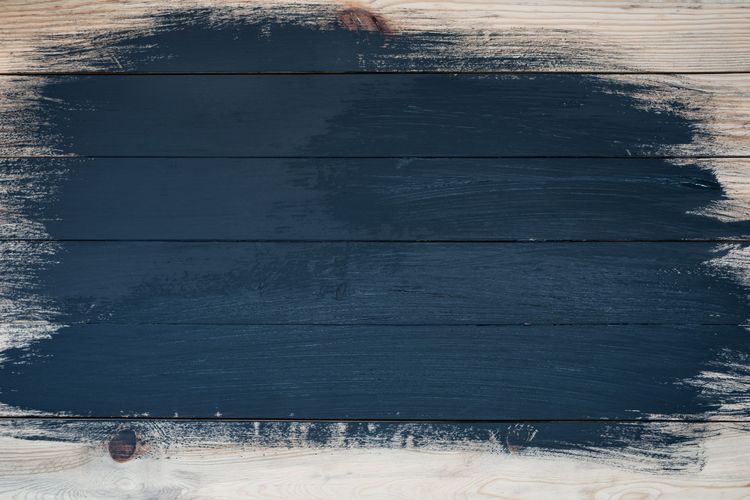Is it possible to refinish my wooden floors?

Wood floors are known for their longevity and beauty, but over time they can lose their original appearance due to wear, scratches and loss of luster. However, this doesn't mean that floors need to be completely replaced - restoration can bring them back to a fresh and well-maintained look, and sometimes even improve their original qualities. In this article, we'll look at whether it's possible to restore a wood floor, what methods and tools are used to do so, and how to maintain its condition after refinishing.

Is it possible to refinish a wood floor without completely replacing it
Yes, wood flooring can be restored without complete replacement, and this is one of the main advantages of natural flooring. The restoration process involves sanding the surface, removing scratches and damage, and applying a new coat of varnish or oil to protect and restore the appearance. This allows the floor to be refreshed without having to resort to the complicated and costly procedure of a full replacement.
Sanding helps to remove surface imperfections and level the floor, which is especially important if the floor has minor scratches, scuffs or stains. After sanding, a new protective layer can be applied, which not only gives the floor a fresh look, but also extends its life. In some cases, if the damage is minimal, it will be enough to renew the finish without sanding, further simplifying the process and reducing costs.
Thus, wood floor restoration is an effective way to restore your wood floor to its original appearance and extend its lifespan without having to replace the finish.
How wood floor restoration works
Wood floor restoration involves several steps, each of which plays an important role in the process of restoring the appearance and longevity of the flooring.
- Surface preparation Restoration begins with a thorough preparation of the floor. At this stage, the furniture is removed from the room, and the floor is cleaned of dirt, dust and old protective coating. First, any decorative layer (varnish, oil or wax) is removed, as this avoids clogging the grinder and will ensure an even result. If there are small nails or other metal elements on the surface, these should also be removed to prevent damage to the equipment.
- Rough sanding Once the surface is prepared, the sanding process begins. Coarse sanding is done using coarse grit sandpaper to remove a layer of damaged wood, remove deep scratches, stains and wear marks. This step also helps to level the surface, especially if the floor is uneven. Sanding is done with a special machine that removes the wood layer evenly, making the flooring even.
- Intermediate sanding and crack sealing After rough sanding, a special wood putty is applied to the surface of the floor, filling cracks, gaps and small defects. The putty is matched to the color of the wood to create a uniform look. After the putty dries, an intermediate sanding with medium grit sandpaper is carried out to smooth the surface and remove any remaining marks from the first step. This makes the floor more homogeneous and prepares it for the finish coat.
- Final sanding The final sanding is done with fine-grained sandpaper, which makes the surface smooth and soft to the touch. This step removes minor scratches and prepares the floor for the application of a protective layer. It is important that the final sanding is carried out along the wood fibers - this allows you to preserve the natural wood grain.
- Applying the protective coating After sanding, a protective coating is applied to the floor, which is chosen depending on the desired effect and the type of room. There are several types of finish:
- Lacquer - provides a strong and durable finish, protecting the floor from scratches, moisture and stains. Lacquer comes in different types - from matte to glossy, which allows you to choose the desired effect.

- Oil penetrates deep into the structure of wood, preserving its natural look and texture. Oil coating requires regular renewal, but generally protects the floor from moisture and damage.
- Wax gives the floor a natural, slightly muted sheen and allows the wood to breathe. Like oil, wax requires more frequent maintenance, but creates a pleasant, soft-touch effect.
- Drying and polishing After applying a protective coating, the floor needs time to dry completely. Lacquer coatings usually require a few hours to a few days to fully cure, depending on the composition. Oil and waxes also need to absorb and dry well. Finally, once dry, the floor can be further polished to achieve a perfectly smooth and shiny surface.
Thus, wood floor restoration is a complex process that includes preparation, multi-stage sanding and application of a protective coating. This approach allows you to restore the original appearance of the wood and extend its life, making your floors not only beautiful but also protected from everyday wear and tear.



